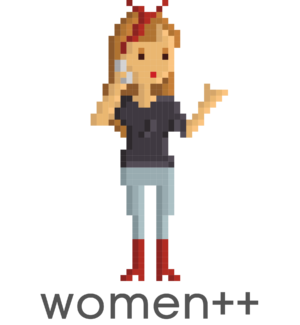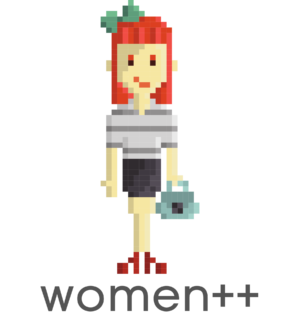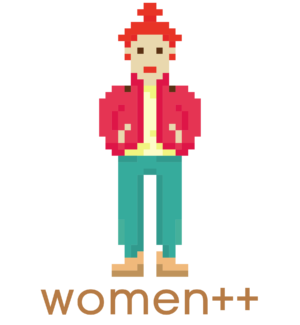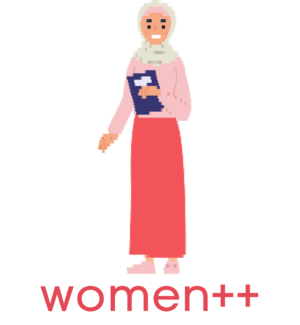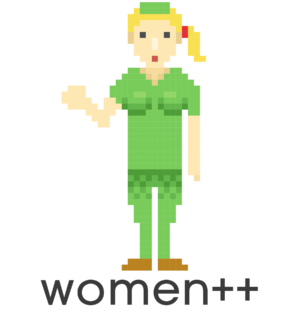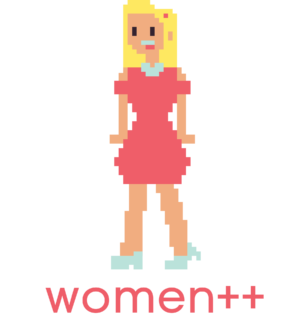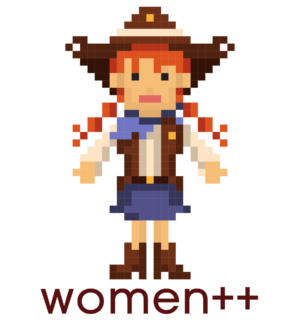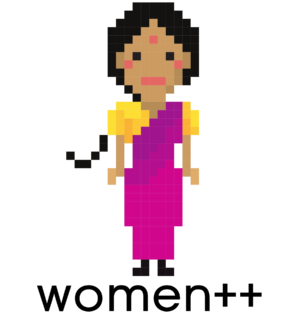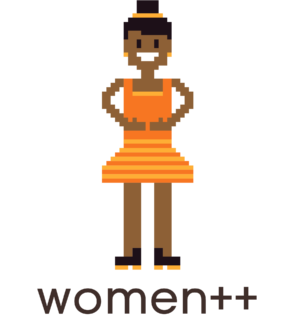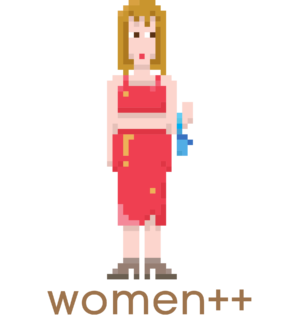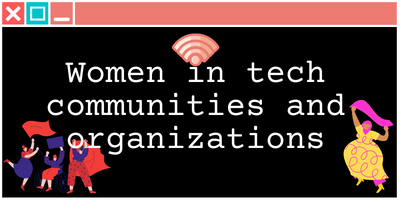Women in the history of computer science
Despite the fact that computer science is seen as very masculin, there are many women who have marked its history and evolution
1842
The first algorithm was created by a woman

Unlike the women of that time, Ada Lovelace received a very advanced scientific education. This is how she met Charles Babbage, a mathematician with whom she became friends.
Initially, she had to translate an article in French describing the analytical machine imagined by Charles Baddage, but she ended up adding notes that were three times larger than the article itself.
Ada Lovelace is a visionary, she is the one who first saw the potential universality of such a machine, far beyond what her peers could conceive.
She perceived how the manipulated numbers could represent many things, and wondered “how the machine could compose in a scientific way and elaborate pieces of music whatever their length or degree of complexity”.
It is only 100 years later that this vision of a universal computer is developed by Alain Turing, to give what we call today computers.
1941
From Hollywood to inventing the WIFI
Hedy Lamarr began her career in Hollywood in the 1930s, before devoting herself fully to her passion, namely technological innovation. She designed with the inventor George Antheil, an innovative radio communication system, the status of frequencies. This system allows radio signals to be sent using several different frequencies, making the messages harder to intercept.
Originally designed to send underwater torpedoes, this system was used in the 1950s to secure the transmission of military messages. It will later give birth to the wireless communication systems Bleutooth and Wifi, which we still use today.
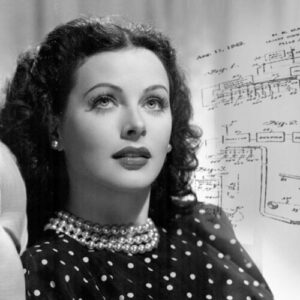
1950
Between 30% and 50% of computer science students were women
In the 1950s, women represented between 30% and 50% of students in computer science.
Since then, there has been a steady decline in the proportion of women in this field.
In 1986, 37% of students were women.
This is the only field of study where the proportion of women has decreased (compared to legal, economic, etc.)
1955
Computers were women
If you are familiar with the movie “Hidden figures” you already know about this fact. If you never have watched it, stop everything you’re doing and do it now.
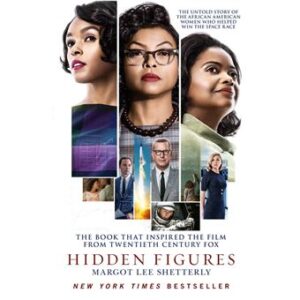
If we go back in history to the end of the 19th century, we can see that the first computers were… women.
The term “computer” was used to designate people who performed complex calculations, and at that time, this function was mostly occupied by women.
1959
Grace Hopper "the Queen of Software"
Grace Hopper invented the first compiler, a program designed to translate code written in a programming language into code that can be understood by a computer.
She formulates the idea that computer code can be similar to a human language, with its syntax and grammar rules. As a result, her compiler evolved to allow the emergence of COBOL, which became the standard language for the American military and companies (still used today).
Grace Hopper’s work contributed greatly to modern programming.
In 1986, the journalist David Letterman called her the ” Queen of Software ” and in 2016 Barack Obama awarded her posthumously with the Presidential Medal of Freedom.
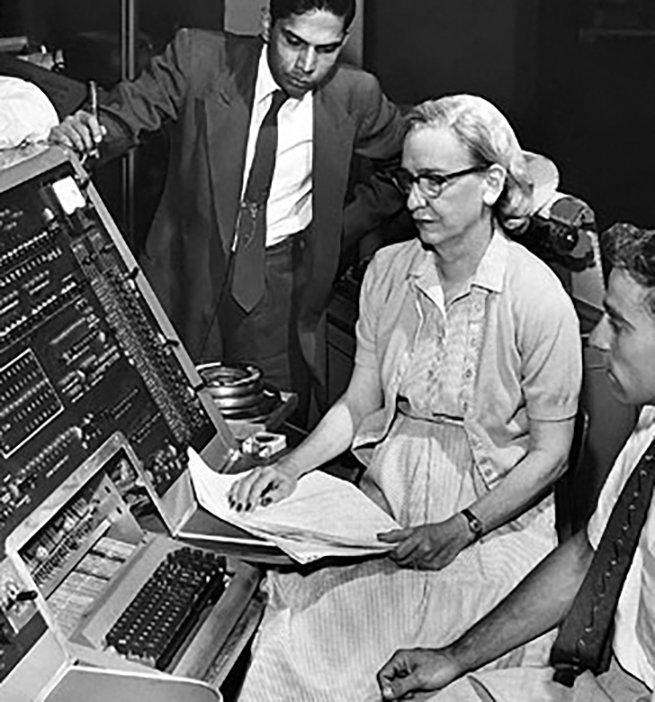
1969
Landing on the moon was possible thanks to a woman
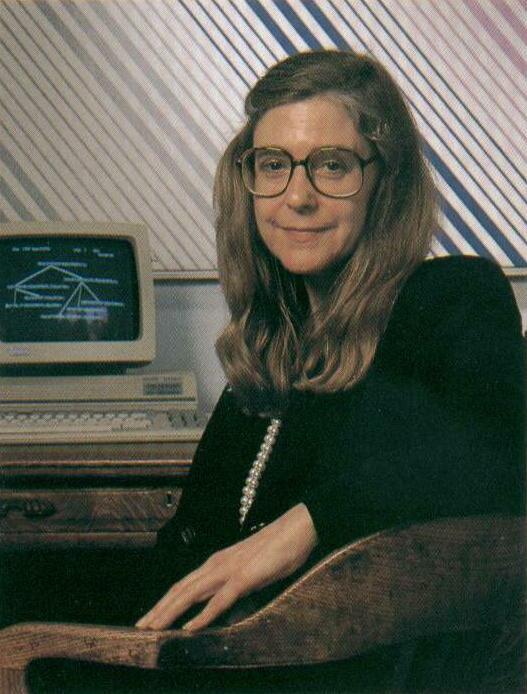
It was Margaret Hamilton’s code that made the Apollo 11 mission a success in 1969. She anticipated some failures of the electronic components and ensured that the control system for the lunar landing remained functional no matter what.
Margaret Hamilton’s work was not only essential to the conquest of space and the success of the Appolo missions, but also laid the foundations of the digital world as we know it with the invention of computer software.
In 2003, NASA decorated her with the Exceptional Space Act Award.
1979
Women in video games
Roberta Williams created the video game Mystery House (one of the most successful video games in the US)
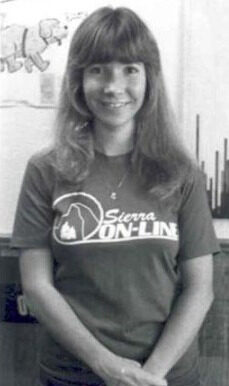

1998
A woman leads a tech giant for the first time
Megan Whitman became the first woman to direct a U.S. digital retail giant Ebay from 1998 to 2008

2007
The first woman to win the Turing Award
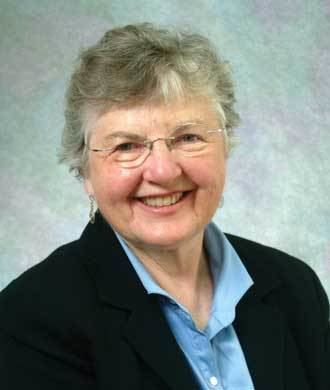
Frances Elizabeth “Fran” Allen is an American computer scientist born in 1932. She obtained important results on compilers, code optimization and parallel computing.
She was the first woman to be named an IBM Fellow.
In 2007, she became the first woman to win the Turing Award.
Women
Rock
History
Even though we have in mind this idea that the tech industry was marked only by men, we know now that women had also a part to play in this tech journey. We can even say that women were more inclined to study tech earlier than they are nowadays.
Unfortunately, there is a backward trend since the number of women graduates in tech is only decreasing.
This, therefore, leads to a decline in gender diversity in the sector: women represent only 17% of the workforce in digital in 2018 compared to 20% in 2009.
Stereotypes and the lack of self-confidence of female students are also at fault: there are gender biases that need to be overcome.
It is necessary to break the stereotypes and make tech sexyyy and accessible to women.
Related articles
The series of interviews: Women in Tech experience
It’s nice to talk about tech and the role that women must play in its development. But what’s even better is to give the floor to women and let them tell you their stories.
